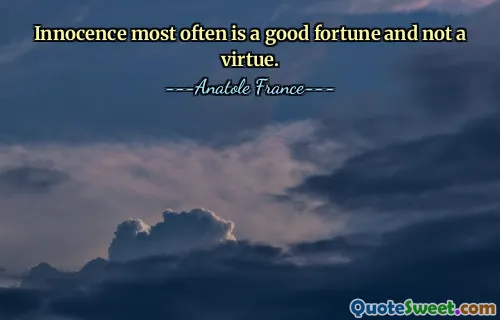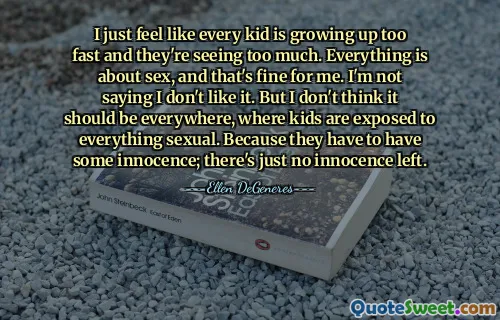She thought of the recurrent waves of pain that for some reason or other she and her husband had had to endure; of the invisible giants hurting her boy in some unimaginable fashion; of the incalculable amount of tenderness contained in the world; of the fate of this tenderness, which is either crushed or wasted, or transformed into madness; of neglected children humming to themselves in unswept corners; of beautiful weeds that cannot hide from the farmer.
The narrator reflects on the persistent pain experienced by her and her husband, indicating a deep emotional struggle they have faced together. This pain seems to be linked to their child, who suffers from invisible forces beyond comprehension. The passage emphasizes the overwhelming presence of tenderness in the world juxtaposed with the harsh realities where such tenderness is often either overlooked or devastated.
Moreover, the imagery of neglected children and resilient weeds symbolizes the fragility and resilience of innocence and beauty amid suffering. The mention of children humming quietly in neglected spaces evokes a sense of lost potential and unacknowledged sorrow, suggesting that amidst the chaos of life, many delicate aspects remain unrecognized, vulnerable to the pressures of existence, while striving for recognition and care.





